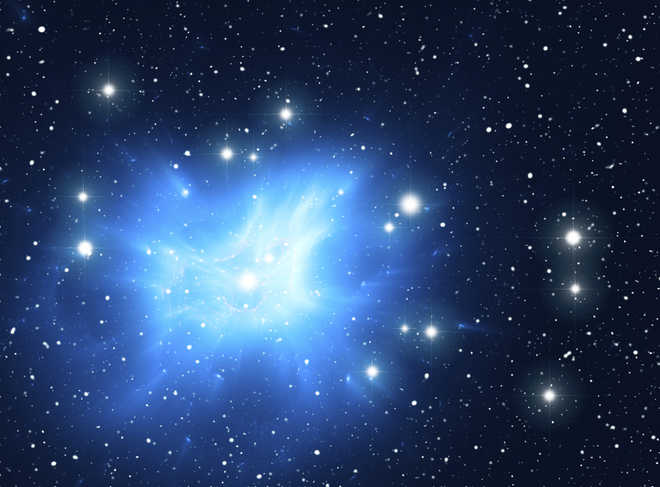
Photo source: Thinkstock
London
Scientists have confirmed the discovery of the most distant supernova ever detected—a huge cosmic explosion that took place 10.5 billion years ago, or three-quarters the age of the universe.
A supernova is the explosion of a massive star at the end of its life cycle.
The exploding star, named DES16C2nm, was detected by the Dark Energy Survey (DES), an international collaboration to map several hundred million galaxies in order to find out more about dark energy—the mysterious force believed to be causing the accelerated expansion of the universe.
As detailed in the study published in The Astrophysical Journal, light from the event has taken 10.5 billion years to reach Earth, making it the oldest supernova ever discovered and studied.
The universe itself is thought to be 13.8 billion years old.
DES16C2nm is classified as a superluminous supernova (SLSN), the brightest and rarest class of supernovae, first discovered ten years ago, thought to be caused by material falling onto the densest object in the universe - a rapidly rotating neutron star newly formed in the explosion of a massive star.
"It is thrilling to be part of the survey that has discovered the oldest known supernova. DES16C2nm is extremely distant, extremely bright, and extremely rare - not the sort of thing you stumble across every day as an astronomer," said lead author of the study Mathew Smith, of the University of Southampton in the UK.
As well as being a very exciting discovery in its own right, the extreme distance of DES16C2nm gives us a unique insight into the nature of SLSN.
The ultraviolet light from SLSN informs us of the amount of metal produced in the explosion and the temperature of the explosion itself, both of which are key to understanding what causes and drives these cosmic explosions," said Smith.
Finding more distant events, to determine the variety and sheer number of these events, is the next step," said Professor Mark Sullivan, also of the University of Southampton.
DES16C2nm was first detected in August 2016, and its distance and extreme brightness confirmed in October that year using three of the world's most powerful telescopes— the Very Large Telescope and the Magellan, in Chile, and the Keck Observatory, in Hawaii.
Such supernovae were not thought of when we started DES over a decade ago," said Bob Nichol, Professor of Astrophysics at the University of Portsmouth in the US.
More than 400 scientists from over 25 institutions worldwide are involved in the DES, a five-year project that began in 2013. PTI



























